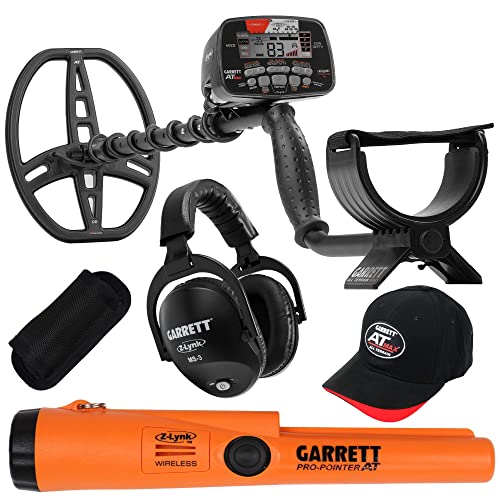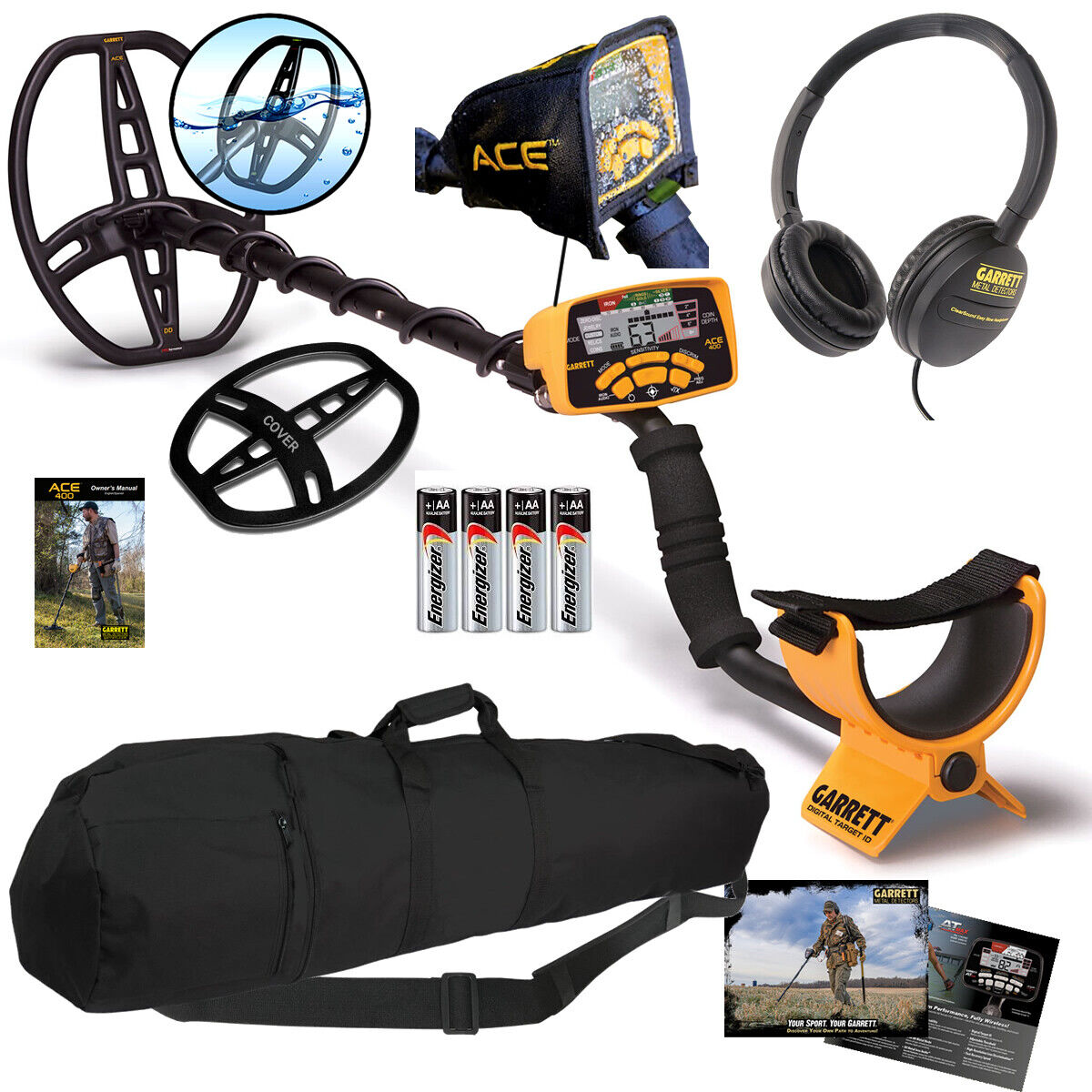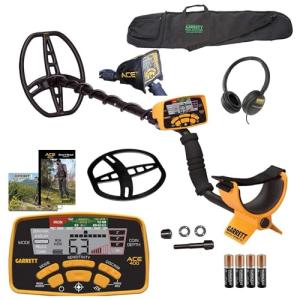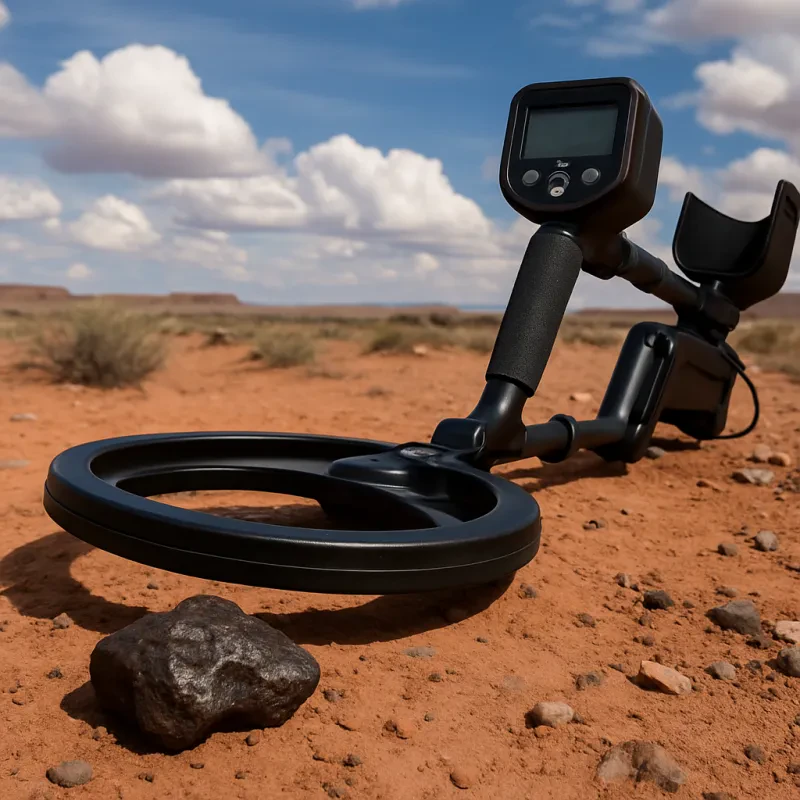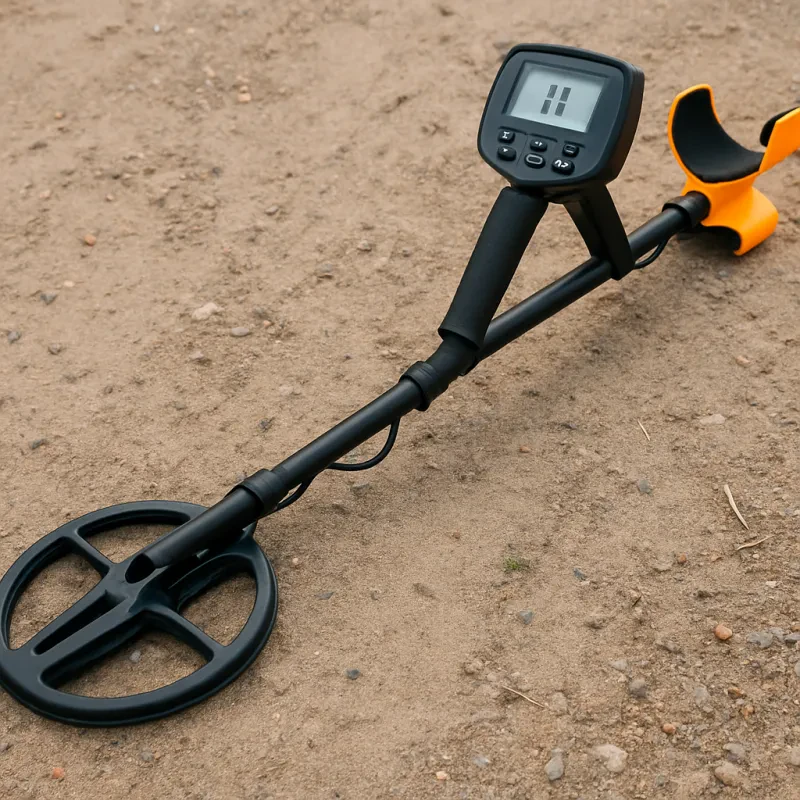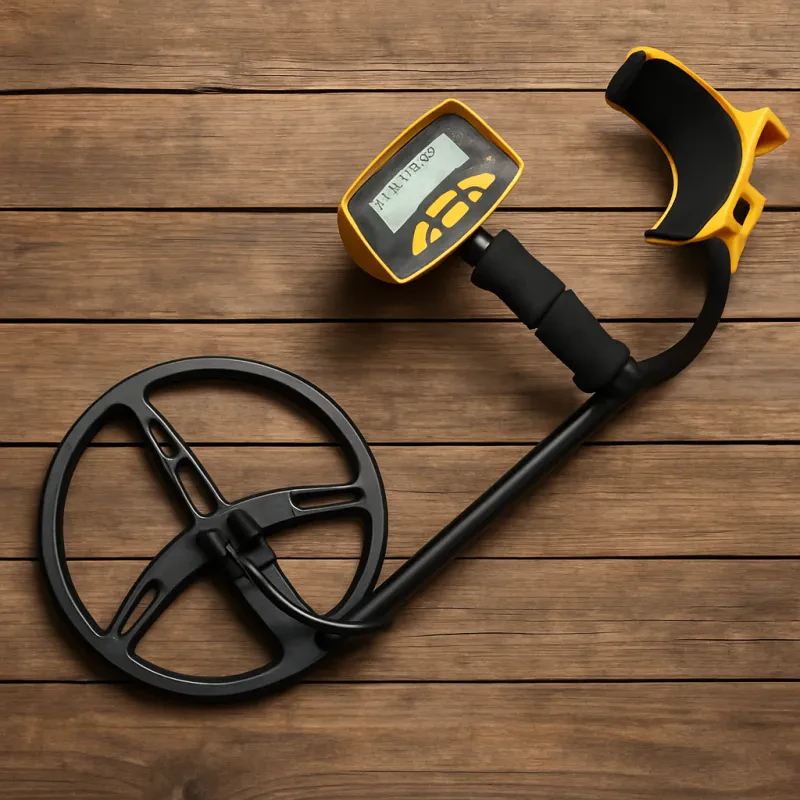Metal detecting in farm fields has become a popular pastime and, for some, a serious endeavor that combines the love of history, treasure hunting, and outdoor activity. This unique hobby allows enthusiasts to uncover hidden artifacts, coins, and relics, providing a glimpse into the past lives of those who worked and lived on the land. As we delve into the art and science of metal detecting in farm fields, we'll explore the various areas of a field that are promising for detection, along with best practices and considerations for those embarking on this adventure.
Introduction to Metal Detecting in Farm Fields
Metal detecting in farm fields involves searching agricultural lands with a metal detector to find objects made of metal that have been buried over time. These fields, often plowed and cultivated for centuries, are rich in historical artifacts that have been lost, discarded, or buried. The activity is not only a hobby but also a form of historical preservation, as items discovered can offer valuable insights into the local history and daily lives of previous generations.
Preparing for Metal Detecting
Before heading out to the fields, it's essential to prepare adequately. This preparation includes obtaining the landowner's permission, which is crucial for legal and ethical reasons. Researching the history of the area can also guide where to start detecting, as understanding past land use can lead to more fruitful searches. Additionally, choosing the right equipment, understanding its settings, and knowing how to care for and preserve found objects are key components of a successful metal detecting outing.
Areas of a Farm Field to Detect
Field Edges and Boundaries
The edges of farm fields, where boundaries meet hedgerows, fences, or paths, are often hotspots for finding artifacts. These areas were commonly used as resting spots or places where people and animals crossed, potentially losing items in the process. Look for signs of old paths or entrances, as these locations can yield a variety of finds.
Near Water Sources
Streams, wells, or any water bodies that run through or are adjacent to the field can be excellent locations for metal detecting. Historically, these areas were gathering points for people and livestock, increasing the likelihood of dropped objects. Items found near old water sources can range from personal belongings to tools and coins.
Old Structures and Foundations
Detecting around the remains of old buildings, barns, or any structural foundations can be particularly rewarding. These locations might hold artifacts related to the structure's use, such as household items, farming tools, and personal effects. Even in fields where structures no longer stand, foundation stones or depressions in the ground can indicate where to search.
High Ground and Lookout Points
Areas of a field that are on higher ground or serve as natural lookout points may also harbor finds. These spots could have been used for various purposes, including surveillance or as meeting points, making them likely places for items to have been left behind.
Pathways and Access Roads
Old access roads or pathways that cut through the field, now possibly overgrown or forgotten, were once heavily trafficked routes. Searching along these routes can uncover items lost in transit, from coins to trade goods.
Best Practices for Metal Detecting in Farm Fields
- Respect the Land: Always leave the field as you found it. This means carefully replacing soil after digging and not disturbing crops or livestock.
- Timing: Consider the agricultural calendar. The best times for detecting are often after harvest and before planting, or after the ground has been plowed.
- Equipment Care: Regularly maintain your metal detector and digging tools to ensure they are in good working order.
- Recording Finds: Keep a record of your finds, including the location (using GPS coordinates if possible). This documentation can be valuable for historical research and preserving the context of your discoveries.
Legal and Ethical Considerations
It's imperative to be aware of local laws and regulations regarding metal detecting. Some areas may have restrictions or require permits, especially if the land is historically significant. Always seek permission from landowners and consider reporting significant finds to local historical societies or authorities, as they could be of historical importance.
Metal detecting in farm fields offers a unique blend of adventure, history, and the thrill of discovery. By focusing on promising areas such as field edges, near water sources, old structures, high ground, and pathways, enthusiasts can increase their chances of uncovering valuable and historically significant items. However, success in this hobby not only comes from knowing where to look but also from respecting the land, practicing ethical detecting, and preserving the history uncovered. As metal detecting continues to grow in popularity, it serves as a reminder of our connection to the past and the stories that lie hidden beneath our feet, waiting to be rediscovered.
